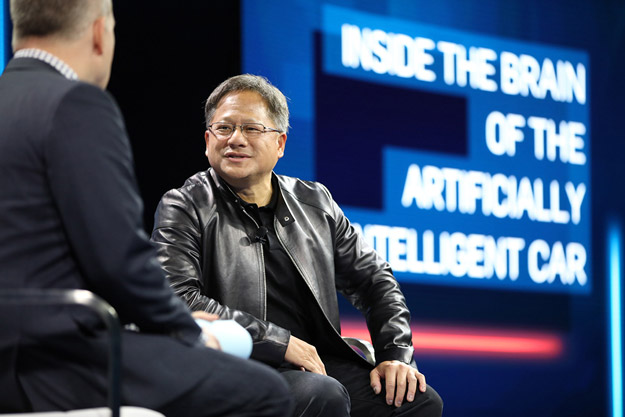NVIDIA DRIVE PX Pegasus AI Platform Fuels Fully Autonomous Vehicles With Volta And Xavier Silicon

According to NVIDIA, DRIVE PX Pegasus is capable of executing over 320 million operations per second, outpacing its predecessor by 10x. Powering this new AI systems are two next generation NVIDIA Xavier SoCs that feature an embedded GPU based on Volta architecture. This automotive-centric supercomputer brings unmatched deep learning and computer vision number crunching performance in a footprint smaller than a standard license plate.
DRIVE PX Pegasus will enable the "Holy Grail" for driverless vehicles: Level 5 autonomy. Under the SAE International Standard J3016, Level 5 autonomy is described as "the full-time performance by an automated driving system of all aspects of the dynamic driving task under all roadway and environmental conditions that can be managed by a human driver".
To reach Level 5 autonomy, DRIVE PX Pegasus is tasked with processing hordes of data from 360-degree cameras, LIDAR, GPS and an array of other sensors in order to keep track of other vehicles, pedestrians, and hazards along its driving route while doing so in a safe and efficient manner. NVIDIA estimates that achieving true Level 5 autonomy requires processing power that is 50 to 100 times greater than that found in current production vehicles with limited self-driving capabilities (i.e. Level 3 or Level 4 autonomy).
NVIDIA envisions DRIVE PX Pegasus being used in what its calls Robotaxis, which won't require a driver at all, nor will they contain a steering wheel, pedals or mirror that would typically be operated by a human driver. The idea is to make vehicular travel a more relaxing and stress-free experience, as passengers are coddled in interiors that would more closely resemble your living room as opposed to a typical vehicle. Robotaxis would also be highly advantageous to elderly and disabled individuals, allowing them to safely venture out into the world unencumbered.
"Driverless cars will enable new ride- and car-sharing services. New types of cars will be invented, resembling offices, living rooms or hotel rooms on wheels," said NVIDIA founder and CEO Jensen Huang. "Travelers will simply order up the type of vehicle they want, based on their destination and activities planned along the way."
While NVIDIA's DRIVE PX 2 is currently available, DRIVE PX Pegasus won't be available to partners until the second half of 2018.



